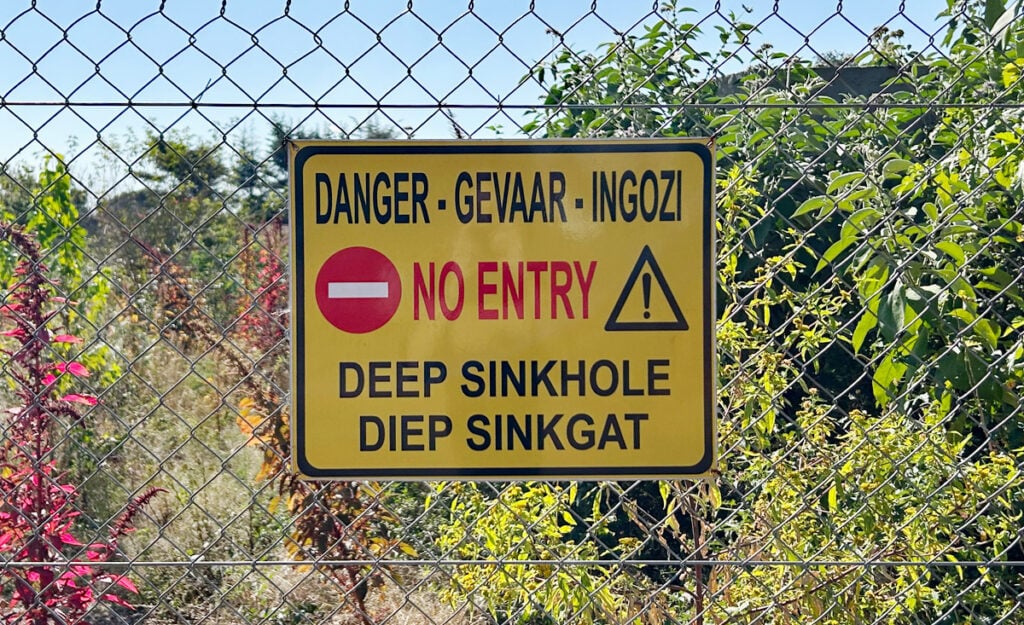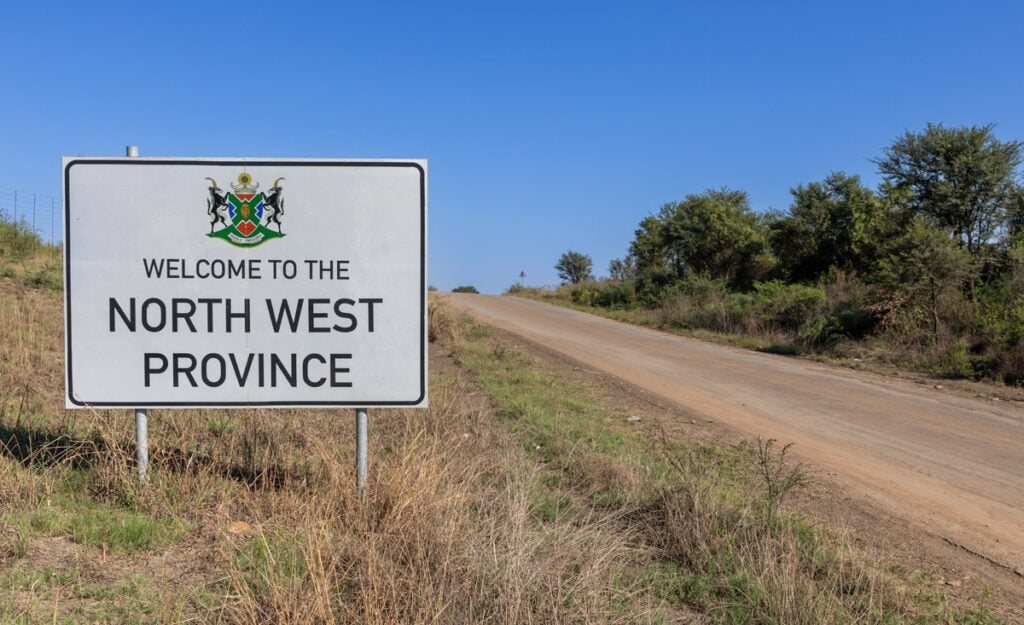Medicine for one of South Africa’s sickest state-owned entities

Law firm Adams & Adams has put forth several suggestions that the Road Accident Fund (RAF) can implement to improve efficiency and boost payouts.
This comes after the state-owned entity published a paper outlining its intentions to develop a “standard formulae” and an automated platform for calculating the losses of road accident victims.
The RAF by its own admission is responsible for providing appropriate cover to all road users within the borders of South Africa.
This includes rehabilitating and compensating persons injured as a result of motor vehicles in a timely and caring manner; as well as actively promoting the safe use of all South African roads.
It has, however, become increasingly difficult and time consuming for the RAF to fulfill its public mandate as it relies on a complicated and time-consuming compensation model.
Assessing general damages in the RAF claims process is one of the most challenging aspects of South African personal injury law, said Mpumelelo Ndlela of Adams & Adams.
Unlike pecuniary damages, general damages covered by the RAF compensate for pain, suffering, disfigurement, and loss of amenities of life, which are all difficult to quantify.
“As a result, the assessment process can be inconsistent, brings uncertainties and often leads to delays in compensation payouts,” said Ndlela.
In addition to this difficulty, courts lack jurisdiction to award general damages unless the RAF is satisfied that the injury has been correctly assessed.
“While the framework for assessment has been established through Regulation 3 of the Road Accident Fund Regulations (2008), implementing this framework has proven difficult in practice,” said Ndlela.
“The RAF often delays accepting or disputing the assessments and disputes claims without adequate reasons.”
This has further contributed to a large backlog at the Health Professions Council’s (HPCSA) Appeal Tribunal and a significant delay in finalising claims.
“The prolonged delays contribute to unnecessary litigation, which further burdens an already overwhelmed legal system,” said Ndlela.
“With delays sometimes stretching for years, the need for reform is now more urgent than ever.”
Challenges in the current system

In theory, a Serious Injury Assessment Report must be completed by a qualified medical practitioner, after which the RAF reviews the assessment to determine whether the injuries qualify as serious.
Regulation 3(3)(dA) states that the RAF must evaluate and make a decision within 90 days of receiving the required documents.
“However, in practice, the RAF often fails to meet this statutory deadline, which leaves claimants with uncertainty for months or even years,” said Ndlela.
“In some cases, RAF officials only communicate their decision in court on the day of trial, without having provided an official response beforehand.”
Even when rejections are issued, they are often vague and don’t set out sufficient reasons for the rejection, which makes it difficult for the claimants to challenge them.
When a claimant disputes the RAF’s rejection, the matter must be referred to the HPCSA Appeal Tribunal.
This process is designed to provide independent oversight, but due to significant backlogs, cases often take years to be heard.
“In fact, many cases that reach the Tribunal involve clear-cut serious injuries that should never have been rejected in the first place,” said Ndlela.
In the cases that do proceed to court, the RAF frequently fails to appoint attorneys or file expert reports on the seriousness of the injuries, Ndlela claims.
“As a result, the issue of general damages is often postponed, which results in claimants having to wait even longer for payouts,” said Ndlela.
“In most cases, claimants proceed with their expert evidence uncontested, but without the RAF’s confirmation of seriousness, the court lacks jurisdiction to award general damages.”
Another major issue is that some serious injuries are rejected without proper analysis, which gives rise to unnecessary disputes.
“This undermines the credibility of the RAF system and contributes to prolonged litigation,” said the expert.
Given the serious delays and inconsistencies in the current system, Ndlela said the RAF should adopt a more proactive role in ensuring that serious injury assessments are conducted promptly and fairly.
Instead of waiting for disputes to escalate to litigation, or the HPCSA Appeal Tribunal, the RAF should implement the following measures:
- Strictly adhere to the 90-day statutory deadline.
- Engage with claimants’ attorneys pre-emptively to reduce the number of postponed cases.
- If a claim is rejected, provide a detailed explanation supported by medical reasoning, which would allow claimants to challenge decisions effectively.
- Ensure that assessments are based on standardised criteria to reduce inconsistencies where similar injuries receive different outcomes.
“The prolonged delays in assessing general damages claims have created significant issues in the legal system,” concluded Ndlela.
“By improving adherence to deadlines, ensuring prompt communication, and applying consistent assessment standards to claims, the RAF can significantly reduce delays.”








